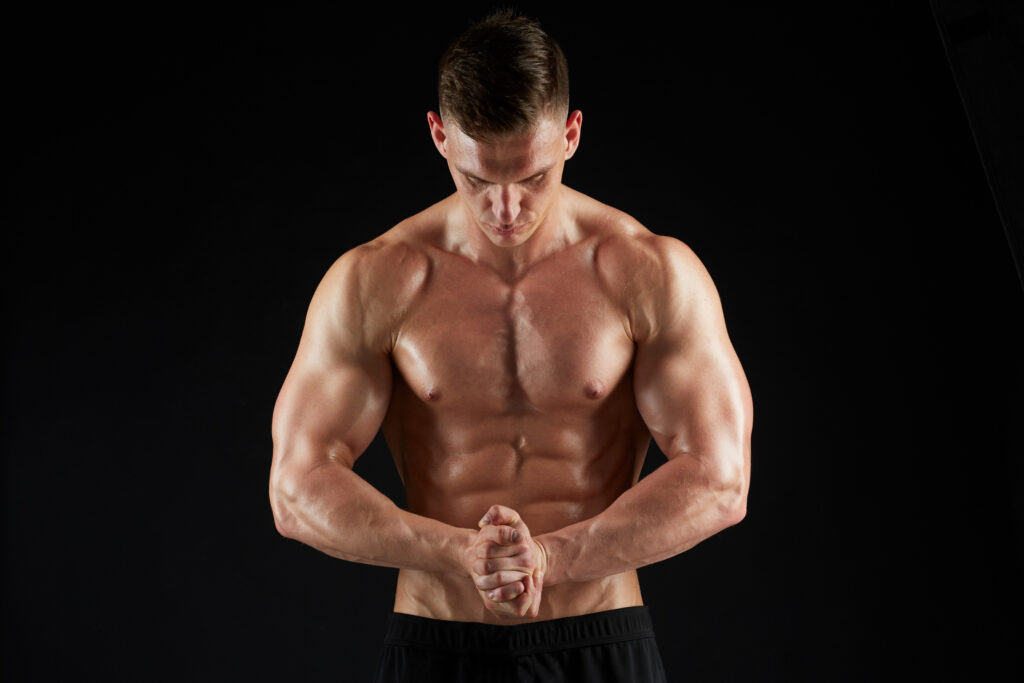When it comes to achieving an eight-pack, genetics play a significant role. Every individual has a set of muscles called the rectus abdominis, which extends from the pubic bone to the sternum. This muscle group is divided by tendinous creases, which give rise to the appearance of “abs” or the abdominal muscles. While everyone technically has the muscles for an eight-pack, the visibility and definition of these muscles are influenced by genetics.
The number of segments, or “packs,” that become visible on the rectus abdominis is determined by the number and position of these tendinous intersections. Some people naturally have three such intersections, which can create the potential for a six-pack, while others might have four intersections, allowing for the possibility of an eight-pack. Even if someone has the potential for an eight-pack based on these intersections, factors such as body fat percentage and muscle development will dictate their visibility.
Now, beyond genetics, achieving and maintaining the appearance of an eight-pack also requires a combination of low body fat and well-developed core muscles. This is where dedicated training and a disciplined diet come into play. Lowering body fat through cardio exercises and a calorie-controlled diet can reveal the underlying abdominal muscles. Additionally, targeted strength training can further define and emphasize the appearance of the abs.
It’s also worth noting that some people might never achieve an eight-pack, regardless of their training and diet efforts, simply because of their genetic makeup. While eight-pack abs can be a symbol of peak physical fitness, it’s important to remember that everyone’s body is unique. The most essential factor is to prioritize health, functionality, and personal satisfaction over purely aesthetic goals.

